When I sat down to create this list, I thought about all the great books people miss because the texts are outside the kind of material they normally reach for. Thus, one of my goals was to incorporate books from a diverse range of genres that would appeal to anyone with a tinge of magic in their blood. In this list, I’ve included poetry that people may love if they’re always up for folklore, critical nonfiction that would grab the attention of someone who usually reads fantasy novels, a novella a reader might never pick up unless they knew it had a few monsters inside. If you’re into fairy tales, fanfiction, and lyrical language, you’ll find something to love in all these books.
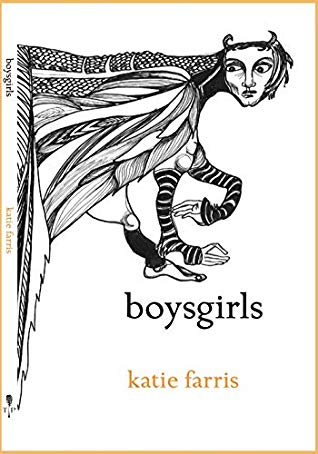
When the human body is broken down to its barest parts, when you trip over a femur or a jawbone, you recognize it as human. Underlying this book is the nibbling longing that makes us think about identity and our desire to “escape unscathed.”
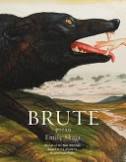
Skaja’s Brute is a collection of battery, of bruising, of brutality, of body. The intersection of gender and violence rests at the core of these poems, forcing the reader to pause and consider with the speaker how one comprehends trauma.
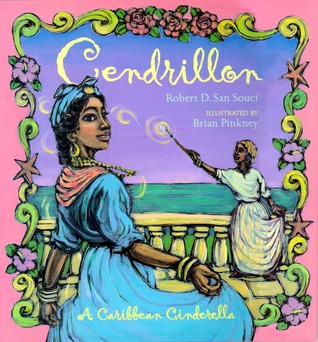
Told from the godmother’s point of view, Cendrillon is rich in dialect and magic. This Cinderella retelling is a joy for all ages, especially those who seek a focus on marginalized voices in reinvented fairy tales.
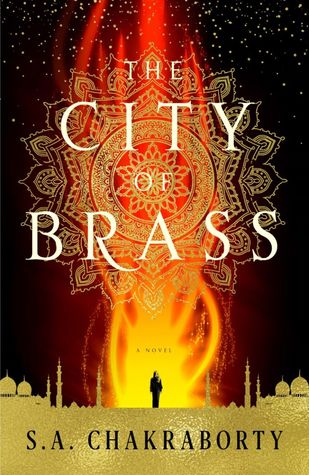
When Nahri discovers the faux magic she practices has real effects, she’s whisked away to Daevabad, the fabled djinn city filled with political turmoil. Brimming with secrets and envy, this novel is a testament to unique reinventions of familiar stories.
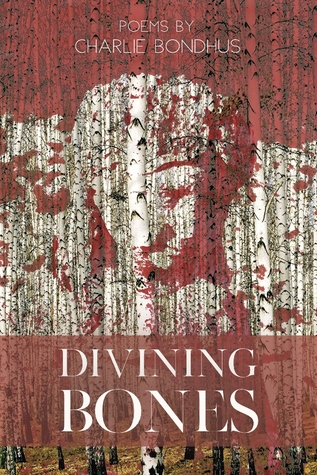
Bondhus creates a conversation with the reader, asking that they consider Baba Yaga as not only a crone but also a guide to understanding gender. Here, magic and witchcraft are tools of resistance for marginalized bodies.
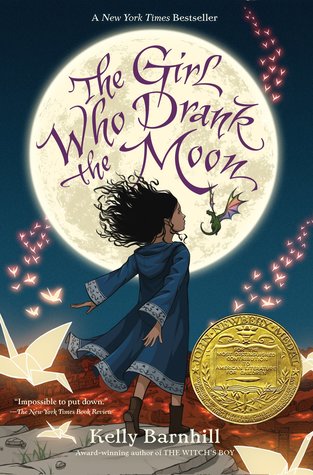
The Girl Who Drank the Moon is surprising, well-crafted, and all the things you want from a fairy tale-esque forest narrative. The most impressive and transformative part of this novel is Barnhill’s focus on the love within a nontraditional family structure.
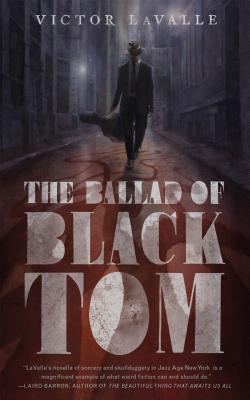
A way better version of Lovecraft’s The Horror at Red Hook, LaValle’s novella highlights America’s institutional racism in the 1920s (and now), embodying the notion that people create their own monsters.
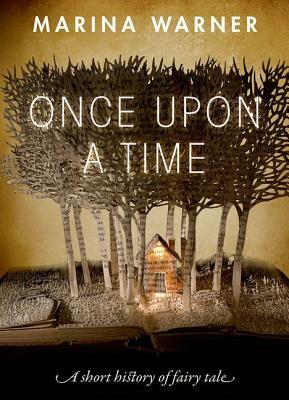
Most useful in this book is Warner’s synthesis of other scholars who look to achieve the same goal: to show how fairy tale scholarship supports feminist exploration of texts often mislabeled for a young audience and expose the heteropatriarchal values in traditional fairy tales.
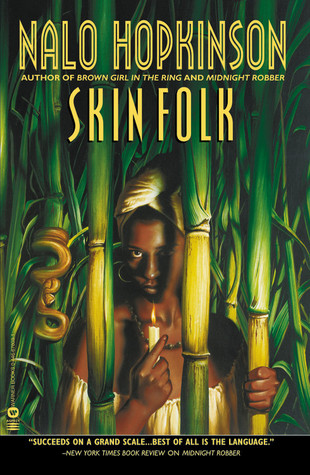
From fantasy to horror to SF, Hopkinson’s collection is vivid and evocative, retelling fairy tales with the purpose of speaking directly to women’s bodies at all stages of life. While you may recognize some of the characters, the stories are entirely new and chilling.
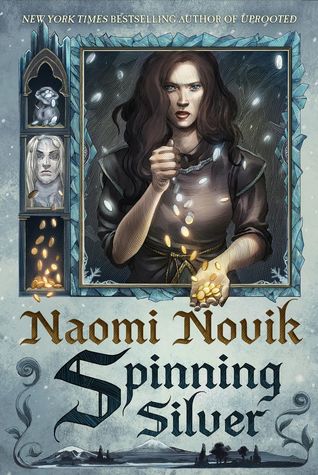
A retelling of “Rumpelstiltskin”, fanfiction and fairy tale themes intertwine deliciously in this novel. The writing is atmospheric and haunting, the very best of lyrical language that also includes a strange but enchanting love story.
 Hannah V Warren is a PhD student at the University of Georgia where she studies poetry and speculative narratives. Her chapbook [re]construction of the necromancer won Sundress Publications’ 2019 chapbook contest, and her works have haunted or will soon appear in Mid-American Review, Moon City Review, and Redivider.
Hannah V Warren is a PhD student at the University of Georgia where she studies poetry and speculative narratives. Her chapbook [re]construction of the necromancer won Sundress Publications’ 2019 chapbook contest, and her works have haunted or will soon appear in Mid-American Review, Moon City Review, and Redivider.







Connect with the Sirens community
Sign up for the Sirens newsletter